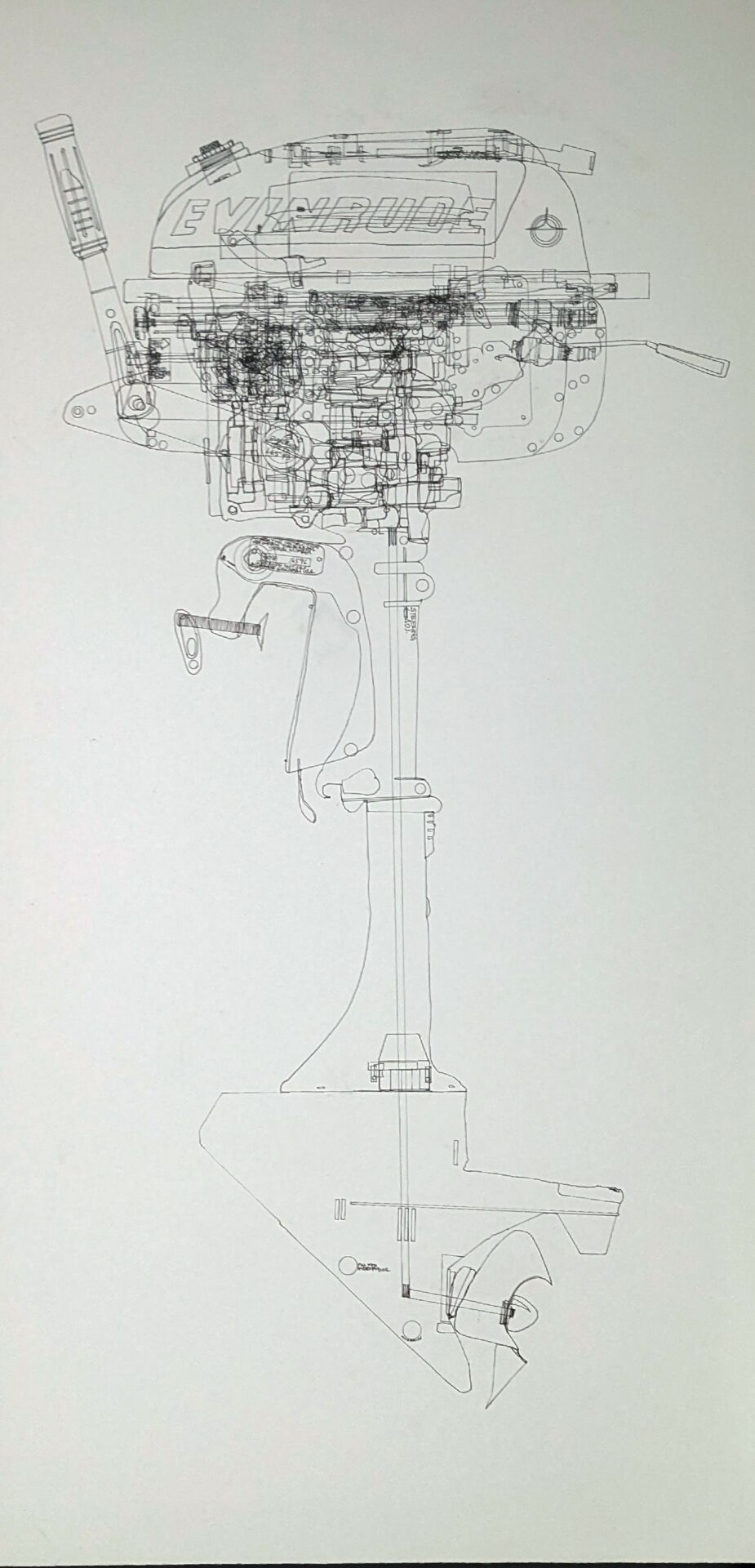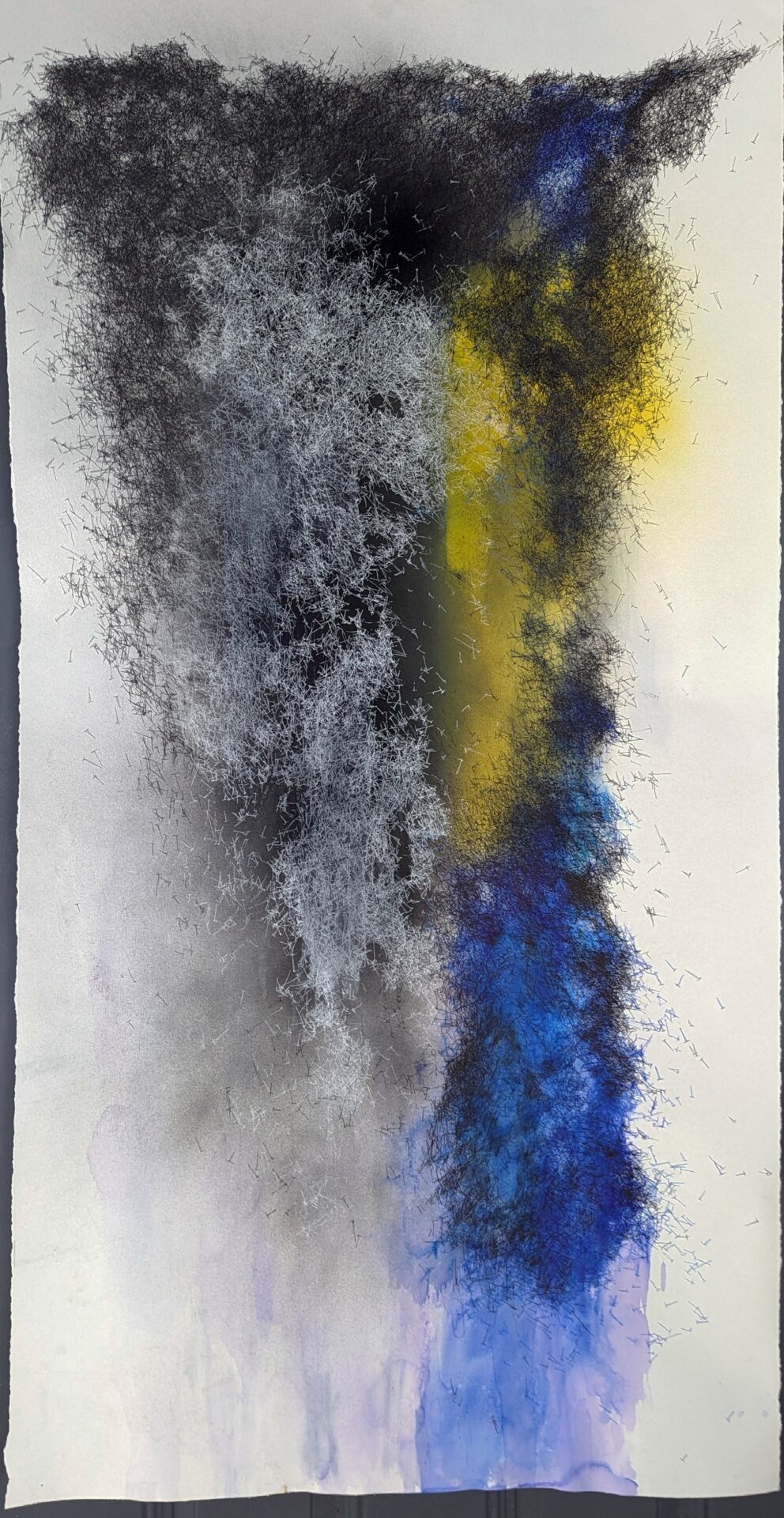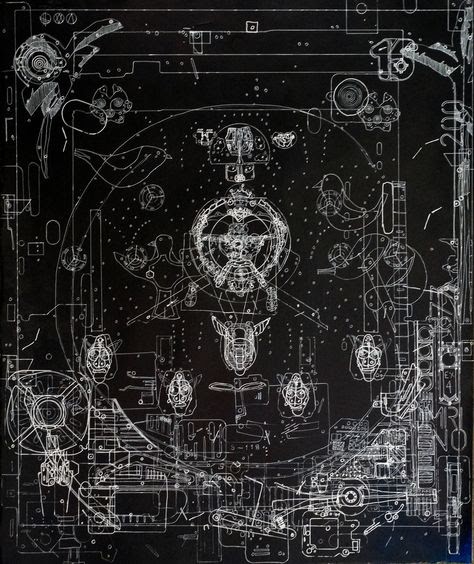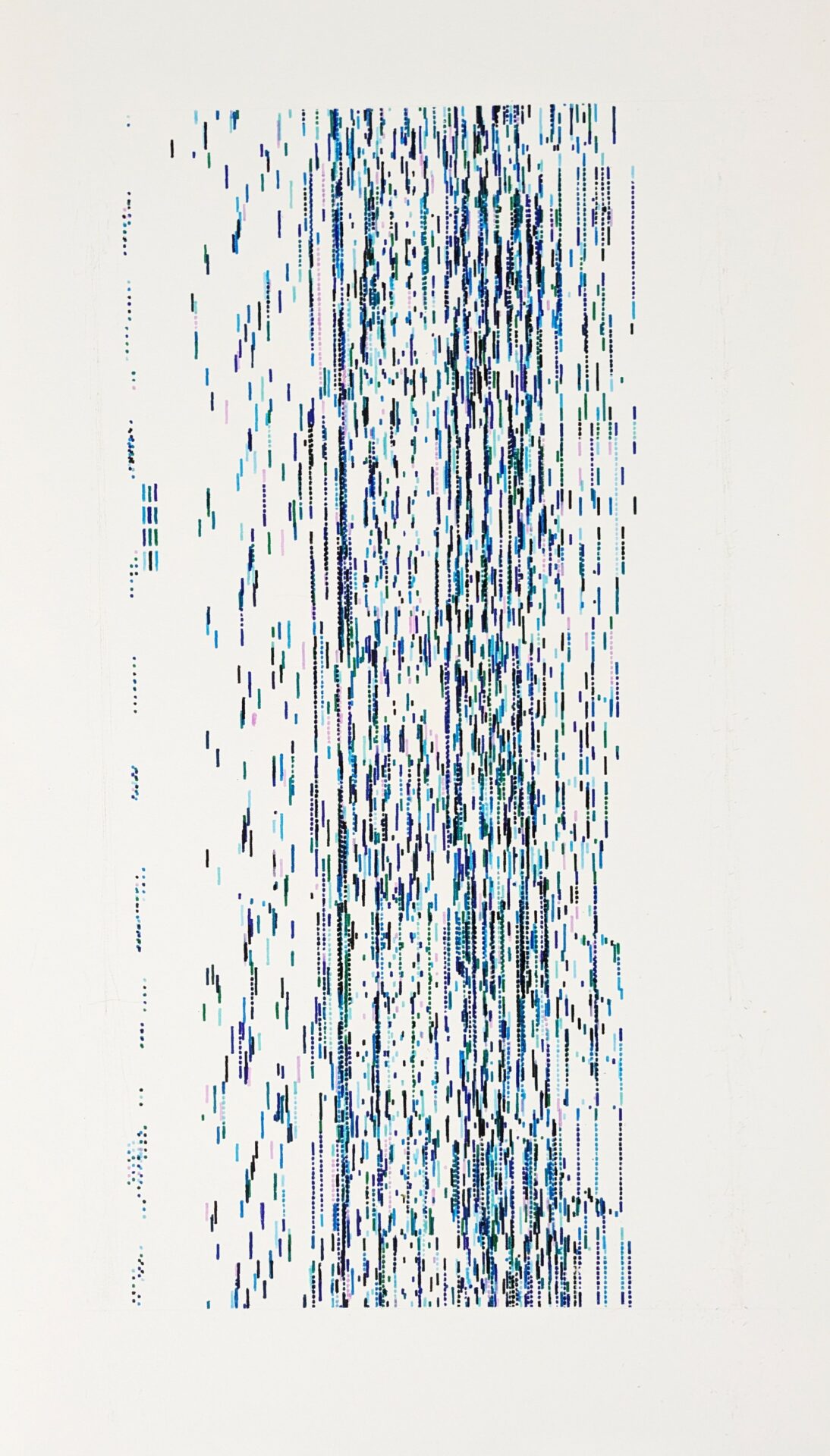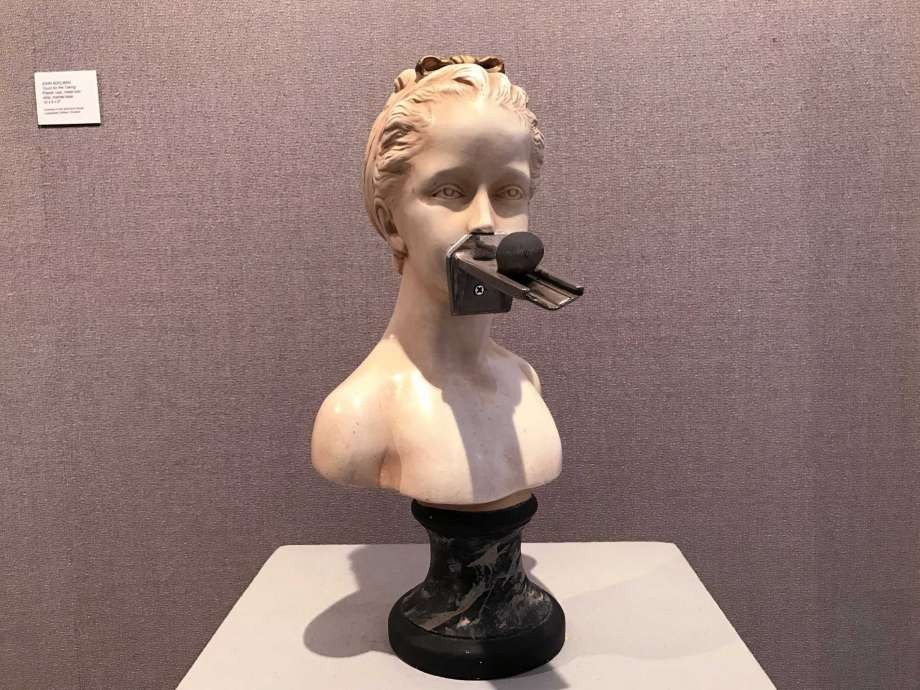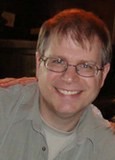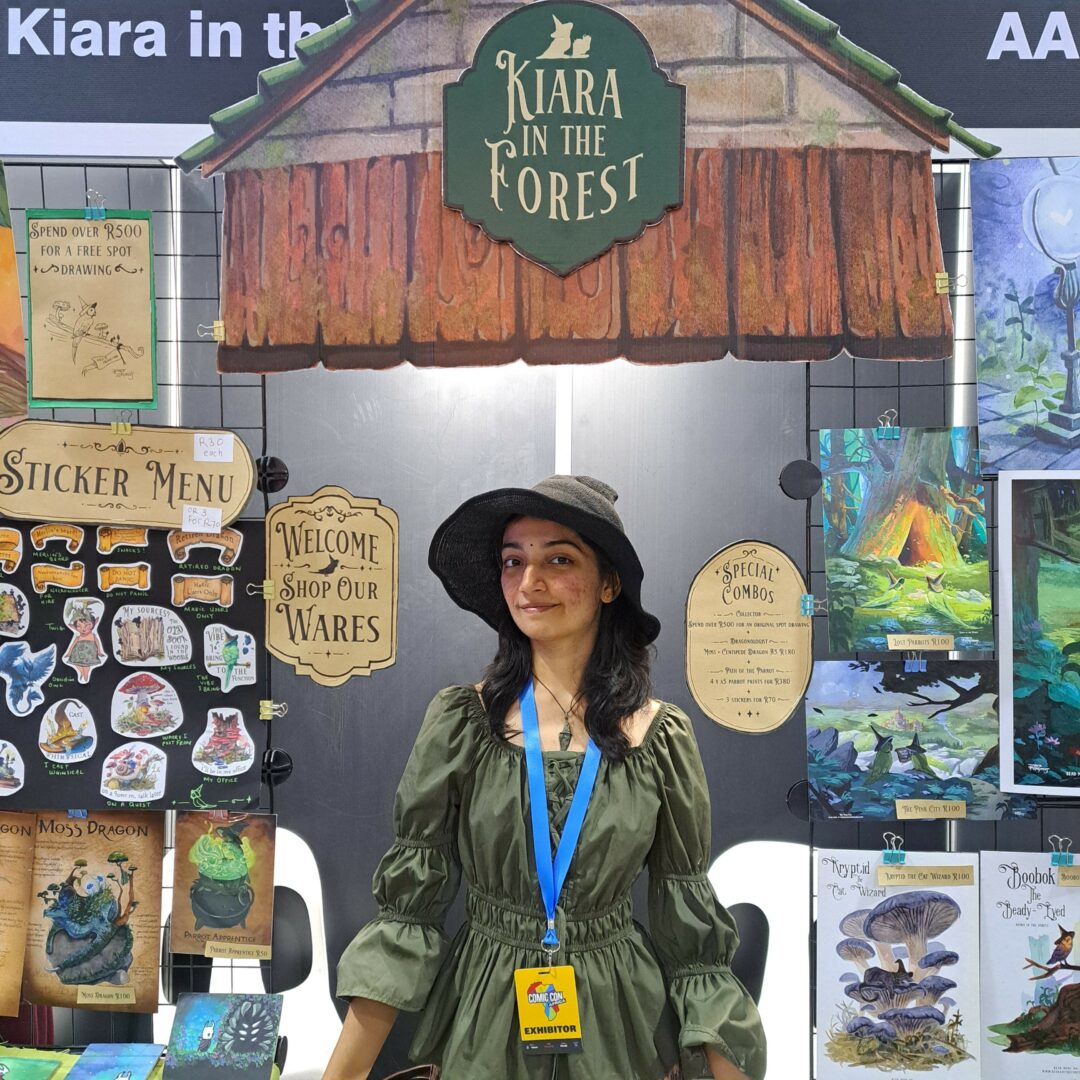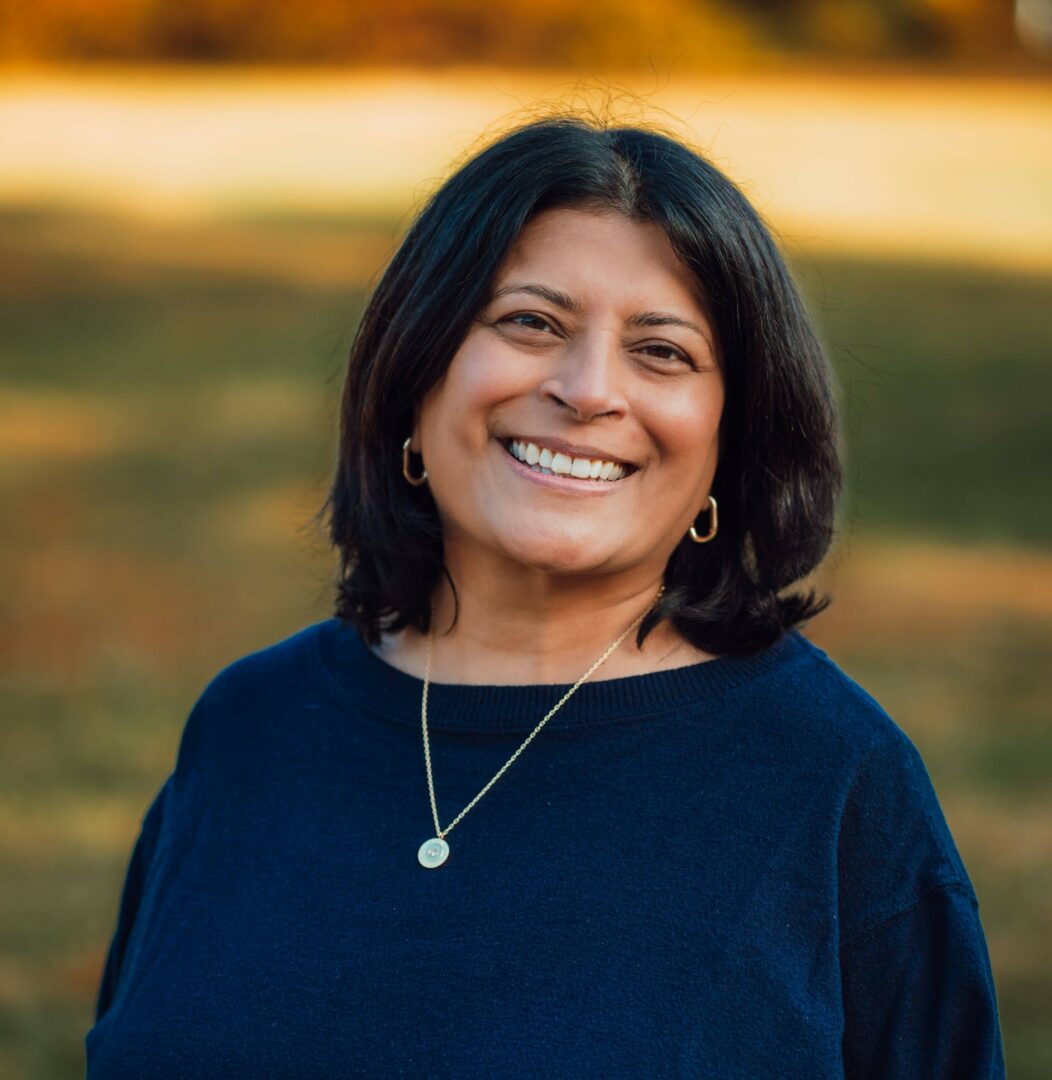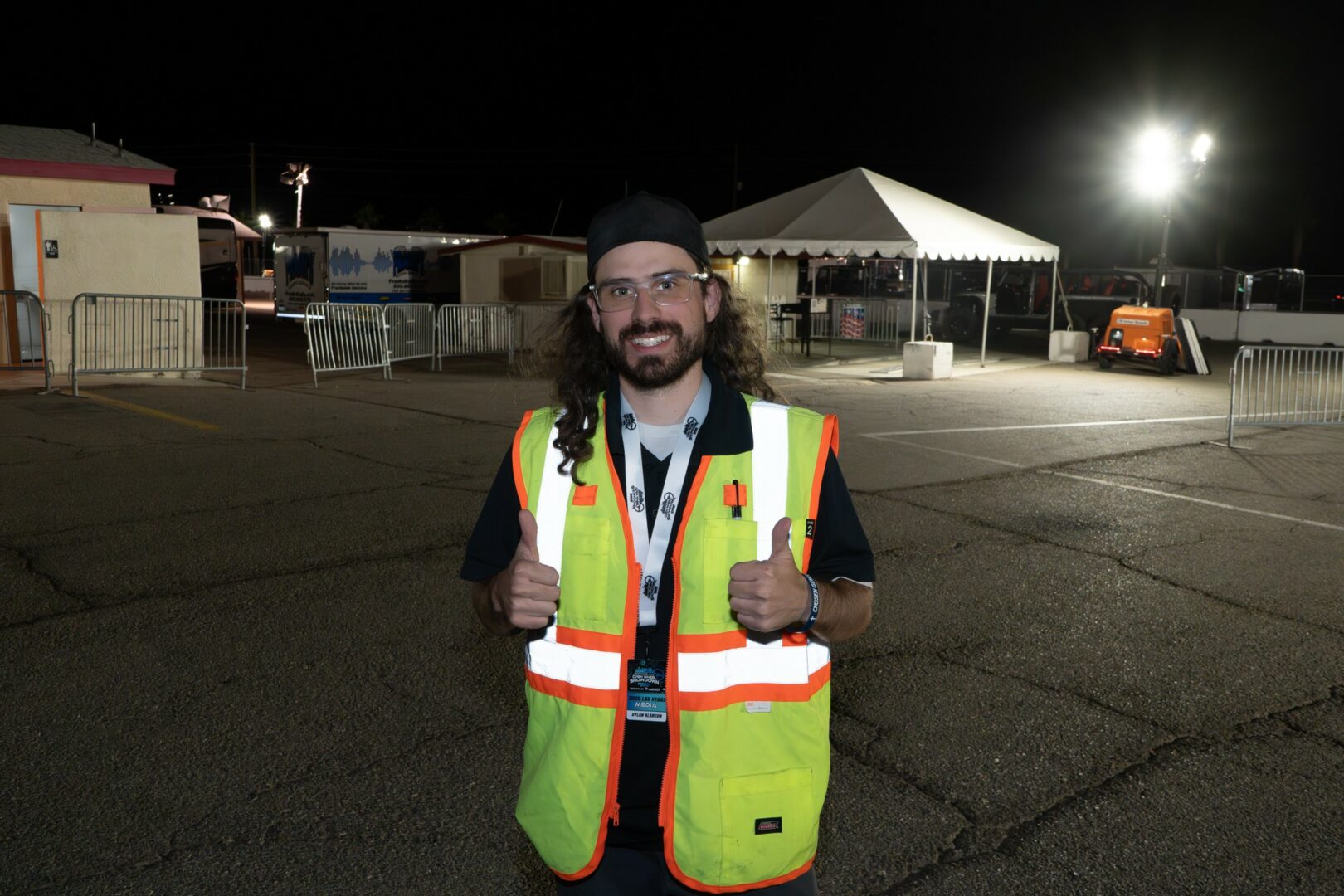We were lucky to catch up with John Adelman recently and have shared our conversation below.
John, we’re thrilled to have you on our platform and we think there is so much folks can learn from you and your story. Something that matters deeply to us is living a life and leading a career filled with purpose and so let’s start by chatting about how you found your purpose.
I follow an axiom I learned from watching the television series Live with Passion with Fr. Cedric Pisegna: “Who I am is God’s gift to me, who I become is my gift to God.” So, I am constantly striving to better myself as a artist and a person. I have been creating all my life, literally. I do not remember a time when there wasn’t a pencil, pen, or pair of scissors in my hand. In my Big Book About Me (Dr.Seuss), a 2nd birthday gift, on the page with the question, “What will I be when I grow up? My mother wrote, Artist. I used to make work solely for my personal enjoyment, but in high school, I started drawing crude caricatures of my classmates in huge scenes, like remaking the Animal House movie poster, except with me and my classmates. Needless to say, the catholic school’s authorities were not overly excited about it. But this started a journey of being more keenly aware of the effect art has on other people. Nowadays, being an art ambassador and sharing the story of a work of Art is just as important as being a creator of it. Art becomes more fully alive when it is in the eyes, mind (or figuratively), the hands of others. I have seen an artwork’s impact on another can be significantly profound. My work has brought some to tears (tears of joy) or even entirely revolutionized their own interpretation of Art. I seek ways for my artwork to engage as many people as possible and allow the power of Art to be realized through them.
Appreciate the insights and wisdom. Before we dig deeper and ask you about the skills that matter and more, maybe you can tell our readers about yourself?
I grew up in a small town in the northern Midwest, where community standards were long established over generations, and generally understood by everyone, but were not so apparent to me. I just did not think in this standardized conventional wisdom. This environment, as I knew it did not make sense to me, and the things I did not make sense to anyone else. Some people had a dismissive adage concerning this, “That’s just John.” I became isolated from the community. However, I did not struggle against this but, rather eventually grew into this intellectual isolation, ultimately, wholly embracing it. As my isolation led to introspection, introspection to ideas, and ideas into artistic concepts, I gravitated towards Conceptualism as an artform, where the primacy of the idea is as important as the work itself.
I went to The Ohio State University for my undergraduate degree and was amazed (at the time) there were more than thirty libraries on campus, and one entirely devoted to Art. In between classes, I would page through any book and imagine, contemplate and think about the work shown. Throughout this process, I developed an understanding of Art on my own terms. So now not only is Conceptualism, but also other forms of art more easily understood. As I learned to mentally engage work instead of solely visually engage it. Thinking is my main source of art creation.
Additionally, during my graduate studies, I learned I am not a narrative-driven artist, my works do not tell a (linear) story in the traditional sense. I understood my work as a moment in a story, left open-ended for the viewer to finish. It was also in school that I started using formulas in my creative process. The formulas I create and use, are variably-driven rules I follow to complete a drawing. For the analytically-brained, my formulas are mostly “If – Then” statements; if this occurs, then I do this. I have been making using this methodology for almost twenty years.
If you had to pick three qualities that are most important to develop, which three would you say matter most?
The most important quality is a strong work ethic. In Art, as in many other fields of study, the work is where the answers are. I instruct beginning artists to think about what they are doing and why they are doing it while they are doing it. This allows the artist to understand who they are as an artist and where they want to go. It may not be the ultimate goal they need to find, but the next step to attaining it. I say, “If you can make it once, you can make it twice. If you can make it twice, you can make it ten times, and if you can make it ten times, you can make it a hundred, and just imagine what you can learn after one hundred made works of Art.” Along with this is to learn to enjoy the labor of the work. This may seem counter-intuitive as most work is considered just that, work. But an artist, for the most part, endures much isolation, and in drawing, painting, sculpting, etc., are long hours of hard work. My personal work can take fifty, one hundred, or even two hundred hours to produce a single piece. If one does not learn how to enjoy the labor of creating, this hard work will become a burden. I believe this causes many artists to become stressed, overwhelmed, burned out, and leave art-making altogether. It just isn’t a sustainable artistic life without joy.
The second important quality emerges from the labor of the work, which is to be innovative. Every artist needs to understand how they think, understand, and conceptualize their world. This understanding will be unique to them. This uniqueness is their gift to Art and to the world. Far too many artists reproduce others’ artwork (and call it their own.) There is no reason for this, as everyone has something unique to offer. By being redundant, an artist robs the Art world, the world, and themselves of their God-given gift. Regardless of the material, subject, or scale, every artist has something new to add to the history of Art, and they should warmly embrace the opportunity to be in a discipline that cherishes the individual.
The third quality is spiritual development. However, one would define spirituality and be able to break with the rigors of Art making to focus on some other aspect of personal development. Whether like me, as a Christian or with a different understanding, focus on the family, vacations, hobbies, causes, or activities. The mind needs to be recollected or centered on some activity bigger than ourselves. Art inherently is ego, and being engaged in that for too long is detrimental to the psyche. One needs to “get away” and become “small” again. We become merely a part, member, or fragment of something grander than the individual can attain.
All the wisdom you’ve shared today is sincerely appreciated. Before we go, can you tell us about the main challenge you are currently facing?
The number one challenge I face is exposure and recognition. While many opportunities are available, more support would allow for my full-time passion. Currently, I must teach part-time to cover monthly expenses. Which in turn limits my material constructions and hinders my art-making capabilities. While I enjoy these extra-pursuits and the challenge of seeking low-cost alternatives, they keep me from realizing my full potential. Being undervalued is a source of exasperation, as I have vastly more to offer the art world, my community, and the world, which are better served if everyone is able to and given the opportunity to excel in the field God has designed them.
Contact Info:
- Website: https://thejohnadelman.com/
- Instagram: https://www.instagram.com/thejohnadelman/
- Facebook: https://www.facebook.com/thejohnadelman
- Other: #thejohnadelman
